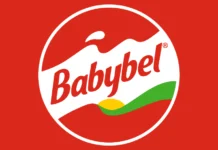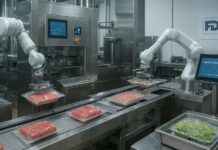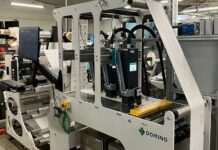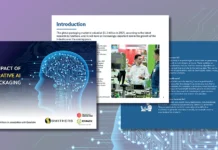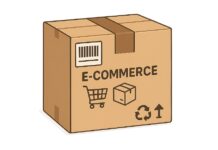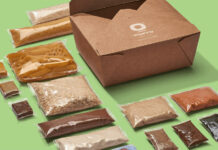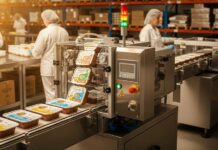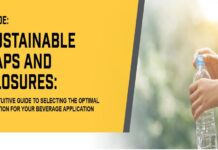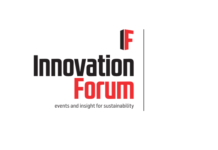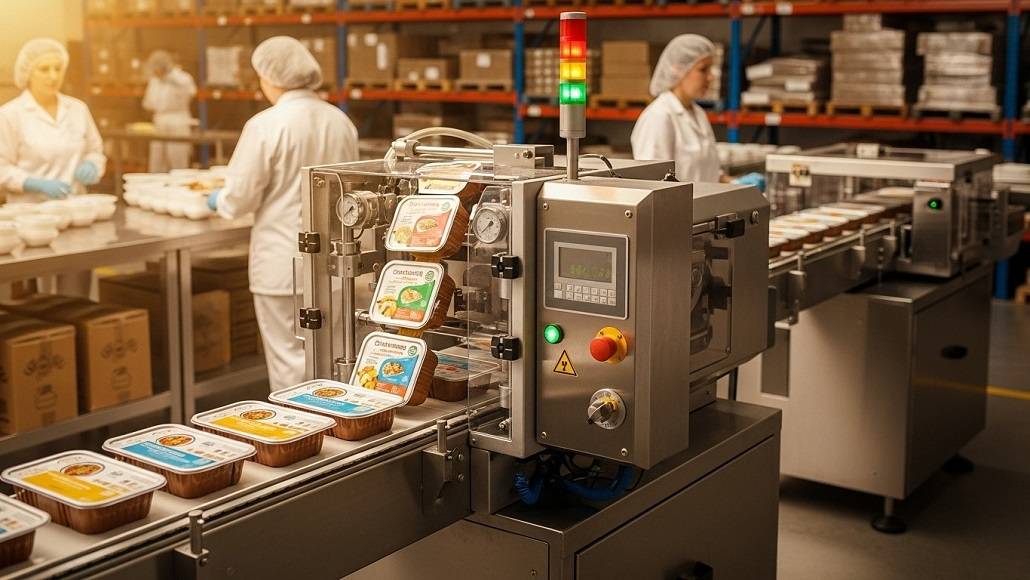Innovations in packaging equipment are accelerating industry growth as global demand for processed food, green packages, and intelligent automation strengthens. As of 2025, the market is at USD 22.58 billion and is estimated to reach USD 36.24 billion by 2034, with a compound annual growth rate (CAGR) of 5.40% over the forecast period. The consistent trajectory is bolstered by shifting consumer preferences, urbanisation, and increased application of advanced packaging technology.
Market Overview
Today, packaging is more than a matter of holding product. It is an important operation that ensures food safety, shelf life, product presentation, and compliance with regulations. The equipment market for food packaging is a driving force that enables manufacturers to meet growing needs for convenience, hygiene, sustainability, and traceability.
By 2024, the market stood at USD 21.42 billion. It crossed USD 22.58 billion in 2025, driven by demand for cleaner, smarter, and more flexible packaging systems—specifically in Europe and Asia Pacific.
Regional Landscape
Asia Pacific was the global food packaging equipment market leader in 2024 with a share of 38%. The region is driven by growth in urbanisation, increased disposable incomes, and demand for processed and ready-to-eat foods, particularly among Gen Z consumers. The region’s potential is also driven by demand for automation, with China emerging as an innovation and production hub for high-end packaging machinery.
China’s massive investments in research and development have yielded sophisticated equipment targeted at the dairy, meat, and ready-meal packaging, while Japan is renowned for its high-speed, space-saving equipment ideal for bakery and convenience foods. These countries form part of the leading region in unison.
Europe will most likely be the fastest-evolving market. Europe’s growth is driven significantly by its adoption of AI, machine learning, and robotics within packaging operations. Markets in Europe are extremely sensitive to sustainability requirements, utilising packaging technologies favouring environmental goals and reducing carbon footprints. Germany is specifically noted for adopting sustainable systems and reaching efficiency levels across the industry.
Market Drivers

The food packaging equipment market is being shaped by some converging trends:
Growing demand for processed and ready-to-consume meals: Busy lifestyles and convenience culture keep driving demand among every age group, and Gen Z has emerged as an assertive consumer generation.
Emergence of online food delivery platforms: This has triggered a related surge in demand for heavy-duty, clean, and transport-friendly packaging solutions.
Sustainability challenges: Producers are embracing greener packaging systems that meet green criteria and assist them in meeting their ESG objectives.
Intelligent packaging solutions: Greater transparency with track-and-trace technologies and digital packaging techniques is becoming a dominant differentiator of consumer trust and regulatory adherence.
Role of Technology and Automation
The growing contribution of artificial intelligence and automation is transforming the food packaging equipment market. With solutions that utilise AI, it is now feasible to detect sub-millimetre defects in packages, in addition to improving machine performance and reducing waste. Systems of real-time monitoring and predictive maintenance also make operational efficiency and cost control simpler.
These technologies also facilitate next-generation packaging innovations such as recyclable forms, QR code coding, and smart sealing systems—all of which enhance both product integrity and sustainability.
Equipment Segmentation
In 2024, the form-fill-seal machines segment led the market for equipment with the largest CAGR. Its dominance is driven by increased demand for flexible packaging forms such as containers, pouches, and bags. They ensure quick packaging operations with high levels of hygiene and increased shelf life of products.
The filling and dosing equipment segment is expected to expand the fastest up to 2034. With customers looking for compact and accurately packaged food and beverage products, demand for these systems remains on an upward swing, particularly for outdoor and on-the-go applications.
Application Segmentation
Of the application areas, bakery and confectionery held the largest share in the market in 2024. Packaged bakery goods—i.e., pastries, muffins, and cookies individually wrapped—have gained growing popularity, leading producers to invest in high-speed, sanitary equipment that have longer shelf lives and ensure faster distribution.
Conversely, the dairy segment shall also see the most growth over the next decade. Dairy items require machinery that offers contamination-free zones and longer freshness life and hence becomes a priority segment to invest and innovate in.
Trends Shaping the Future
- Advanced vision systems and sensors: These technologies improve quality assurance and detect flaws invisible to the human eye.
- Smart and traceable packaging: Consumers care more about transparency in supply chains, and digital traceability technology is how companies are delivering on the promise.
- Materials that are renewable: Manufacturers are having to retrofit equipment to handle recyclable and biodegradable packs due to consumers and pollution policy.
- Growth in online food retail: As people purchase food online increasingly, the need for packaging systems that will not let food down during transportation and last longer increases proportionally.
Opportunities and Outlook
Technological advancement is creating numerous opportunities for the industry. Sophisticated design competence, sustainable solutions, and smart packaging are now a competitive core element. Companies embracing digital transformation in packaging companies are best placed to grow cost-effectively and fulfil consumers with changing wants.
From emerging economies to developed markets, expanding demand for automation and green packaging is setting the tone for long-term market expansion. Although Asia Pacific continues to hold ground and Europe gathers steam, global industry stakeholders need to align strategies accordingly.
Conclusion
The equipment industry for food packaging is on a revolutionary growth trajectory that will expand to USD 36.24 billion in 2034, growing at a CAGR of 5.40% from 2025. The industry is characterised by technological innovation, sustainability-orientated overhauls, and evolving consumption patterns. Equipment suppliers and food processors alike are also investing in intelligent systems that ensure security, optimise efficiency, and match growing environmental and regulatory demands.
As automation, smart packaging, and AI join the ranks as industry mainstream, the next decade will draw a different path in food packaging—a future where speed, safety, and sustainability come together at scale.





